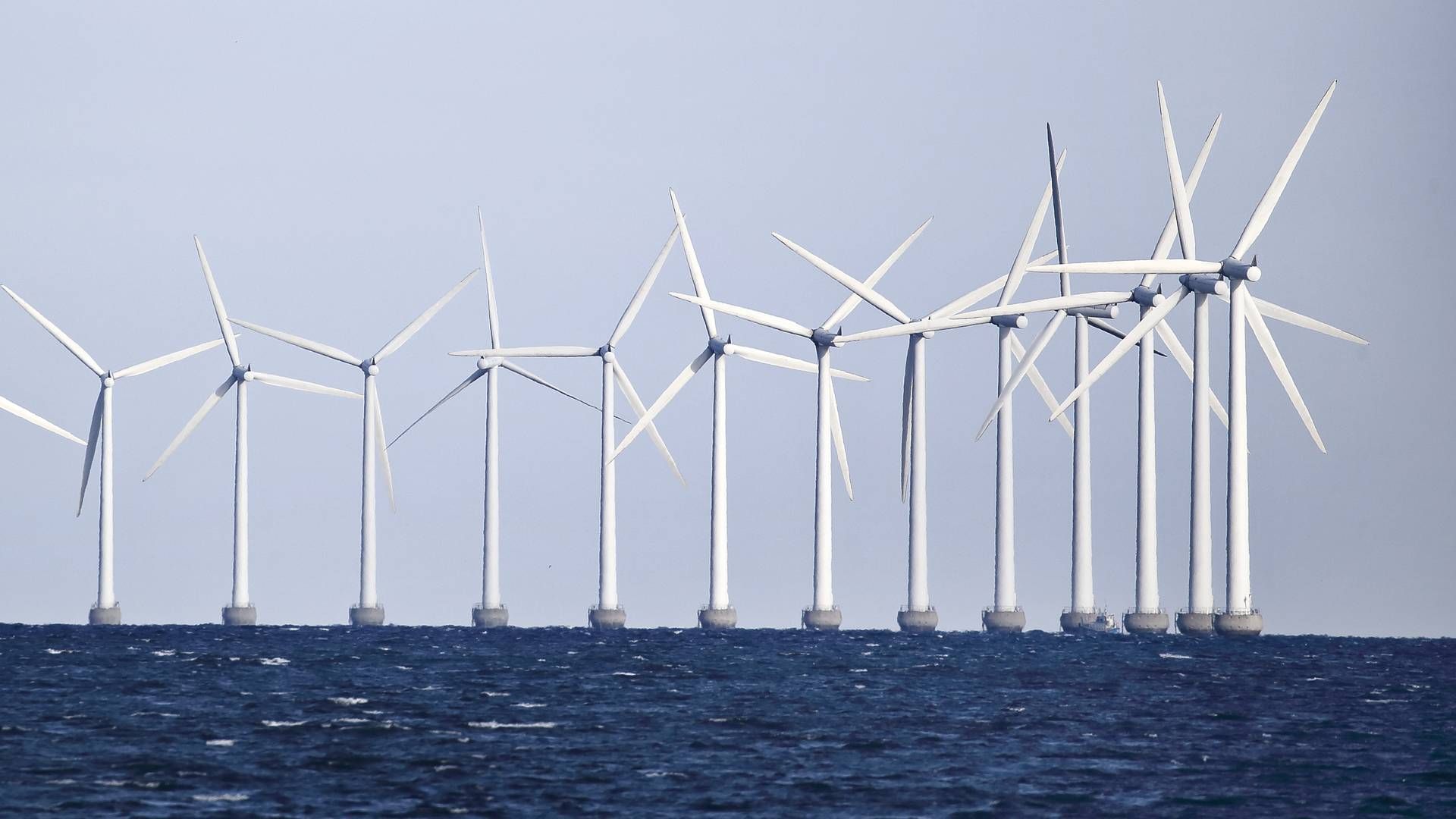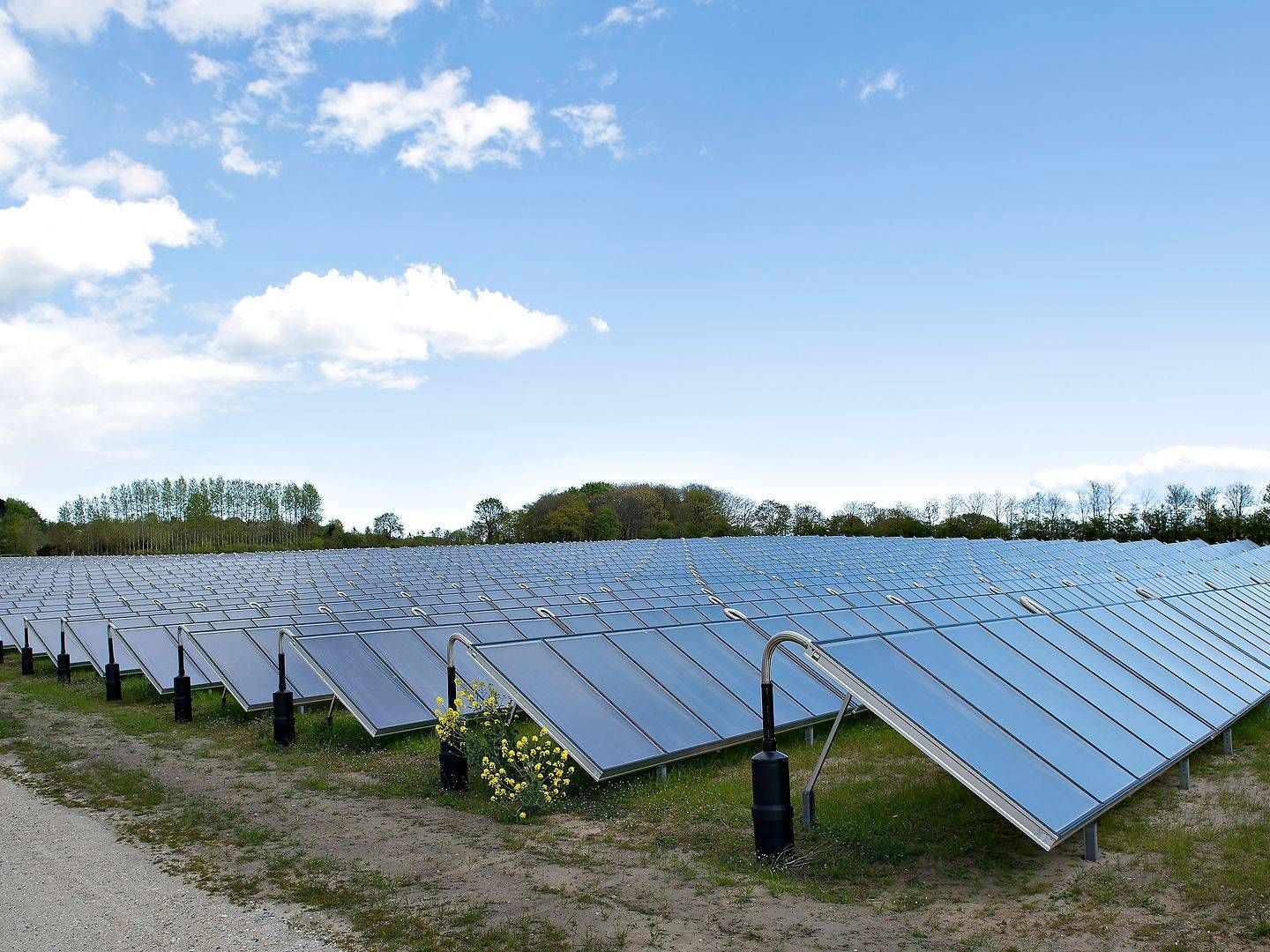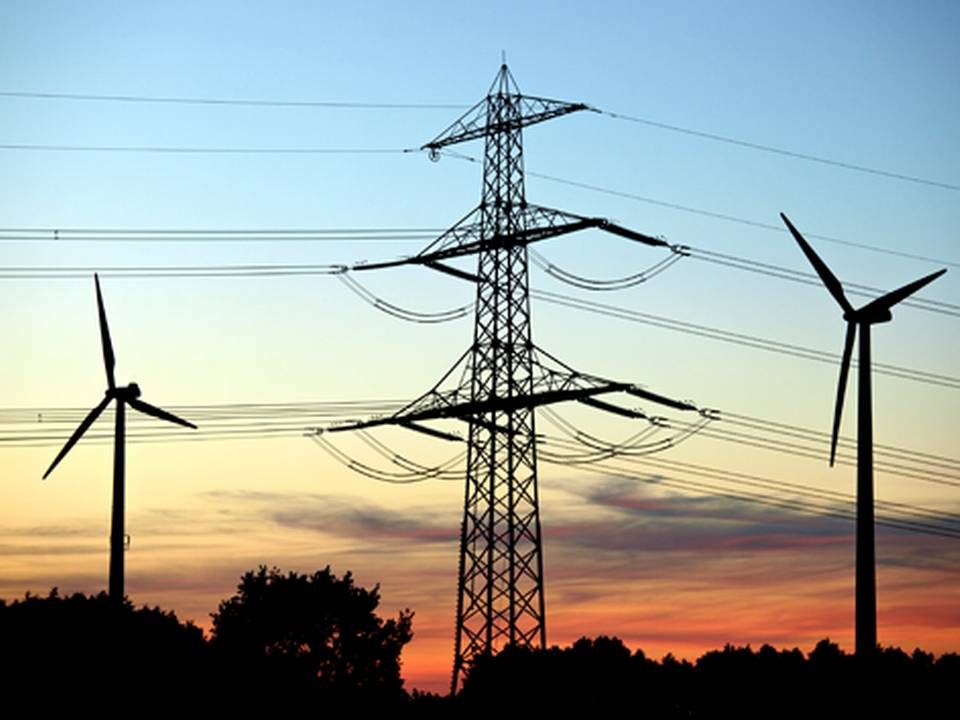IEA puts offshore wind center stage

The International Energy Agency (IEA) is rarely criticized for exaggerating the potential of renewable energy. But the organization, which was created on the heels of the oil crisis in the 1970s, certainly sets the bar high for one particular green technology: A mapping of the world most suitable sites for offshore wind shows a technical potential capacity of more than 120,000 GW – which could generate 11 times the globe's projected power consumption in 2040.
Right. A full utilization of this potential is hardly the conclusion of IEA Executive Director Fatih Birol upon presenting the agency's Offshore Wind Outlook 2019 in Copenhagen. However, it does clearly indicate how enamored the relatively conservative organization has become with the technology.
"Some may question why I decided to devote so much of the IEA’s time and effort to this report on offshore wind, a technology that today supplies just 0.3 percent of global power generation. The reason is that its potential is near limitless," Birol writes in the foreword to the 98-page report.
"Improved technology and steep cost reductions are putting more and more of that potential within our reach," he adds.
The proximity of this reach can also be read in another sense. Solely by utilizing sites within 60 kilometers for the coast and with sea depths of less than 60 meters – coarsely put, the areas that currently host fixed-bottom, monopile-based offshore wind turbines – the world's entire electricity demand could be covered by a factor of 1.5.
Fired-up investments
The expectation is that, by 2040, there will be 15-fold growth from 2018's global offshore capacity of 23 GW. Based on a Stated Policies scenario informed by governmental announcements, the annual installation volume is projected to double over the next five years and will accelerate to more than 20 GW per year from 2030 – particularly driven by the EU and China, while other Asian countries and the US will start to sparkle in the 2030s.
"This will require capital spending of USD 840 billion over the next two decades, almost matching that for natural gas-fired or coal-fired capacity," the IEA report writes.
"Achieving global climate and sustainability goals would require faster growth: capacity additions would need to approach 40 GW per year in the 2030s, pushing cumulative investment to over USD 1.2 trillion," the report adds and states that this will be insufficient to achieve to goals of the Paris Climate Accord form 2015.
If one instead follows the IEA's Sustainable Development scenario, there will be 486 GW installed in 2040. This target distributes the expansion more evenly across markets, even though the EU and China with a combined 348 GW – corresponding to 71 percent – will account for the vast majority.
The intermittent nature of wind energy can lead even prominent figures to become anxious about whether their television sets will be able to function on windless evenings. Yet this is precisely where offshore wind has a comparable advantage to other renewable energy sources, the IEA points out.
With capacity factors of 40-50 percent on new projects deploying larger turbines and with improved technology, wind upon the gusty seas pumped out electrons in a similar measure to what certain regions glean from gas and coal-fired plants. The agency in fact recommends that offshore wind be incorporated within the capacity market mechanisms that in the EU are often criticized for keeping coal plants artificially viable.
"Offshore wind’s high capacity factors and lower variability make its system value comparable to baseload technologies, placing it in a category of its own – a variable baseload technology," the report states.
Because offshore wind generates power around the clock and also offers the highest performance, while other renewable technologies do the opposite, the value is thereby also higher – even with a major expansion. If prognoses of further reductions on the levelized cost of energy (LCoE) are almost 60 percent ahead to 2040, the technology has the potential the knock competitors out of operation in many global regions.
"In Europe, recent auctions indicate that offshore wind will soon beat new natural gas-fired capacity on cost and be on a par with solar PV and onshore wind. In China, offshore wind is set to become competitive with new coal-fired capacity around 2030 and be on par with solar PV and onshore wind," the agency notes.
This almost euphoric perspective seeps even further down into the report regarding the potential of offshore wind as a sector intermediary. Particularly through 2019's most hyped basic element, hydrogen, for which the agency – under the right circumstances – projects a 2040 kilogram price of less than USD 4. According to the sustainable scenario, Europe will use around 4.5 megatons of H2 for heavy industry application and or heavy transport.
A perfect scenario
All roses have their thorns, however. The IEA also points to a long series of potential obstacles that might prevent offshore wind from manifesting its sketched potential.
This relates to, for instance, certain materials. There are growing concerns in the industry about the scarcity of crucial rare earths used in offshore wind turbines – especially neodymium and dysprosium – and that such could halt the continued price reduction. But looking at the political arena rather than at the ground, deliveries will also need to be secured.
"One key challenge is the need to establish clear plans that enable efficient supply chains to be developed, limiting project risk and supporting low costs," the IEA writes and continues:
"In a perfect scenario for offshore wind, we would see improved turbine models and lighter and resilient foundations being delivered on time to projects, transparent planning and regulations providing clear long-term market visibility for project developers and investors, healthy competition among players to reduce costs, a good balance of international and national industry partnerships, and creating a well-trained work force."
Adding further flame to this dream would entail that individual countries refrain from tightening local content requirements. This aspect is not, however, mentioned by the international organization.
Grid and nature
Two other potential trip wires are mentioned in the report, however.
One entails environment. Whereas offshore wind, dissimilar to its onshore brethren, has no problems with unaccommodating neighbors of the human variety, there are many challenges with marine species of fish and birds. This is evident at companies like Ørsted, which was recently denied permission to expand British project Race Bank due to concerns of wildlife well-being.
Moreover, it applies to infrastructure on land.
The other tripwire is the risk of offshore wind becoming a victim of its own success. If offshore wind expansion is not followed up by a corresponding expansion of the somewhat less appealing – and increasingly protest-impacted – distribution, offshore wind power risks ending up like onshore wind in northwestern China, and to some degree in northern Germany. As a forcibly limited resource.
"The risk posed by taking separate approaches to renewables and to grid development is larger in systems where the share of variable renewables is rising, especially where onshore wind plays a significant role and is exposed to the same kind of weather patterns as offshore wind," the report warns.
A minor problem
As noted, however, this is mainly a local problem. And regionally, new ideas are being posed to avoid the issue, as seen by, for instance, the multi-connection energy islands contemplated to be established in the North Sea.
Because although the report might seem overly optimistic, and the potential extremely large, not even the most optimistic forecast from the IEA will be able to cover global electricity needs, neither 11 times nor 1 single time, by 2040. If the Sustainable Development scenario is completed, 5.4 percent of the world's power demand will in 21 years be sourced from offshore wind.
English Edit: Daniel Frank Christensen & Jonas Sahl Jørgensen
IEA: Doubling renewable capacity insufficient to hit climate targets
Related articles
Electricity investments now exceed oil and gas combined
For subscribers





















.jpg&w=384&q=75)


